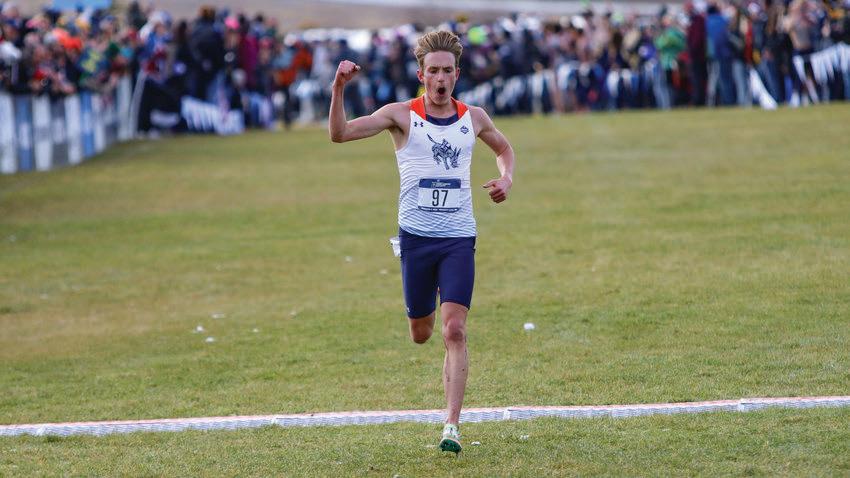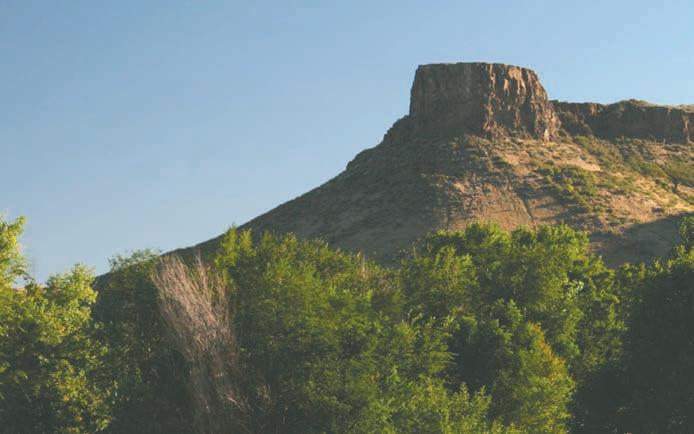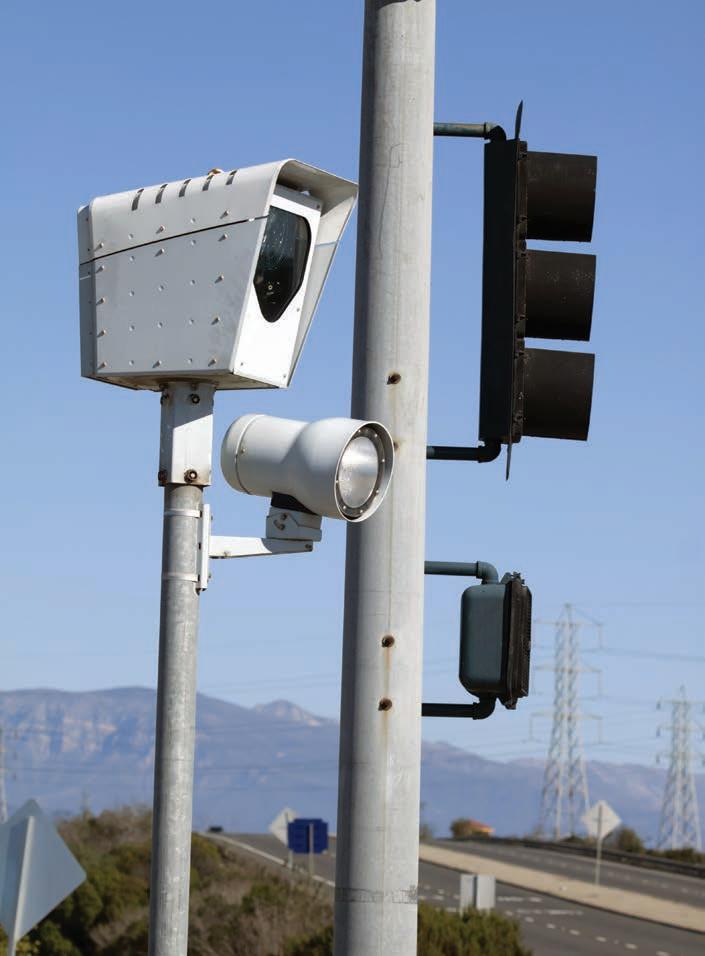
1 minute read
SHUTTLE
to RTD’s W Line at the Je co Government Center; and Iron, which will connect to RTD’s G Line on demand.
Jason Slowinski, Mines’ associate vice president of infrastructure & operations, said the Orecart will also have an on-demand shuttle for those with disabilities, similar to RTD’s Access-A-Ride.
e current agreement between
Mines and the city says the university will provide the drivers, vehicles, and maintenance, and will fund roughly two-thirds of the overall costs. Golden will fund the rest.
Slowinski said overall costs are projected at $600,000-$700,000 a year, but Mines leadership hopes to re ne those costs once the Orecart is up and running.
For the city, Wempe said Golden can o set future costs with $1 million in federal funding it’ll receive in 2024-25. He said this summer’s circulator shuttle and the forthcoming Orecart system “will inform how to use those (federal) dollars.”
Summertime shuttle
Golden has contracted a vendor company with its own vehicles and drivers for this summer’s downtown circulator shuttle. e vendor will operate two shuttles during afternoons and evenings on weekends, with a shuttle visiting an individual stop about every 15 minutes, depending on tra c.
Each shuttle can hold about 15 people, but can’t accommodate bicycles or innertubes, Wempe added.
Each stop will have a sign and a
QR code that directs users to the full schedule. Wempe explained how the downtown shuttle schedule will change once Mines launches its service, and it o cially becomes the Orecart’s Gold route.
Overall, he said, data collection will crucial: What’s the ridership like? Which stops are the most popular? Which days and times see the most use?
The Orecart system
After supply-chain-related delays,










